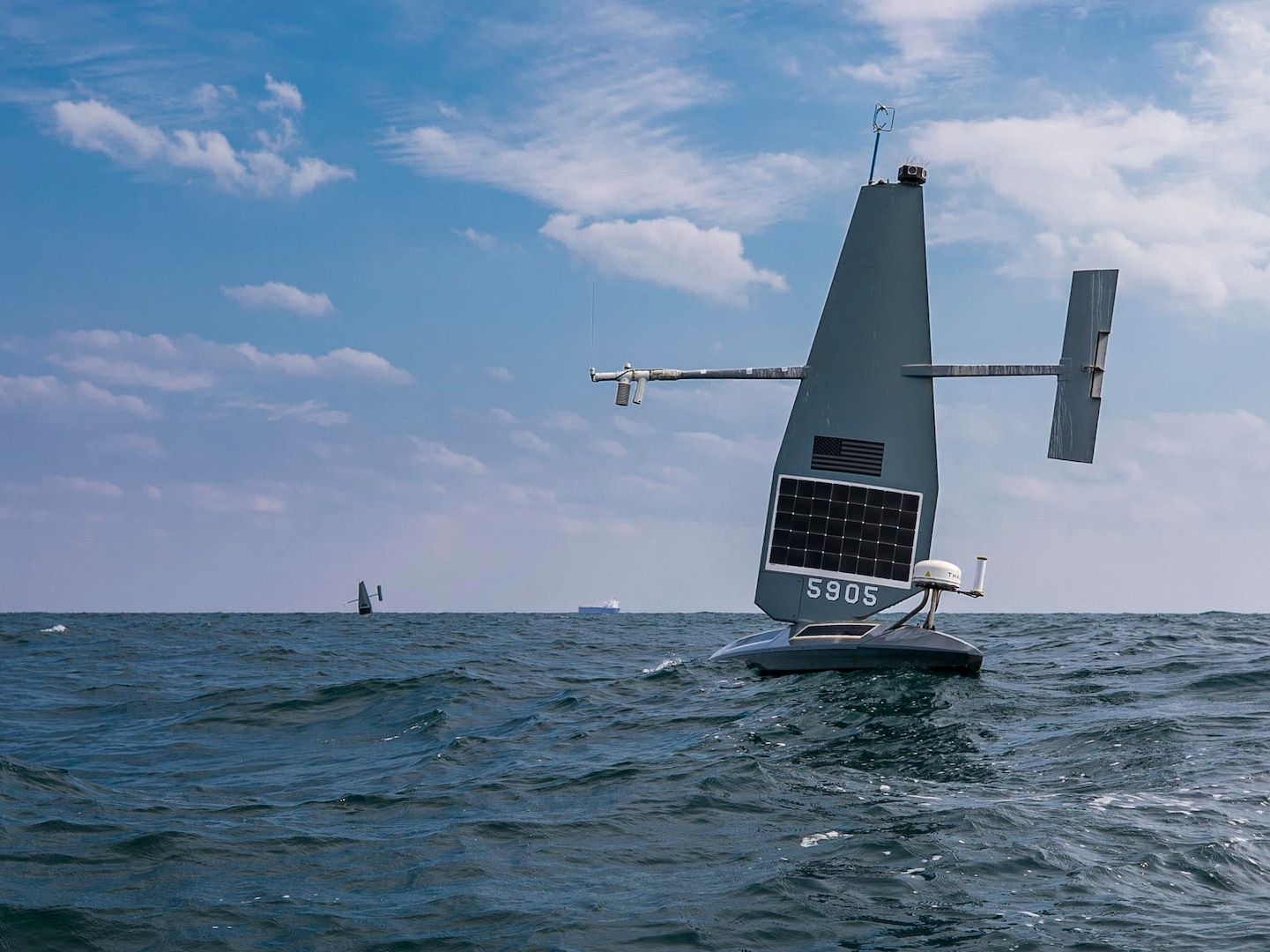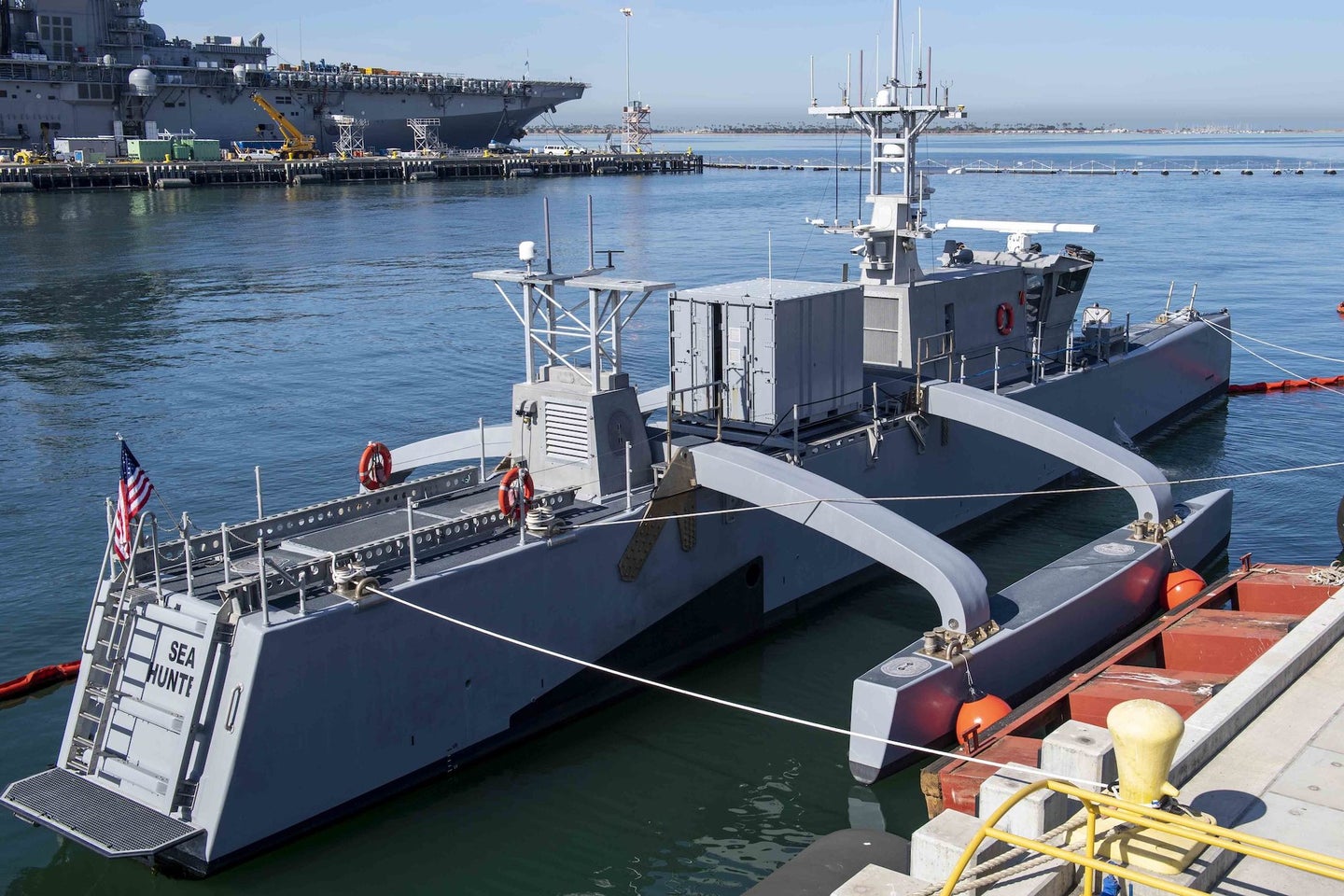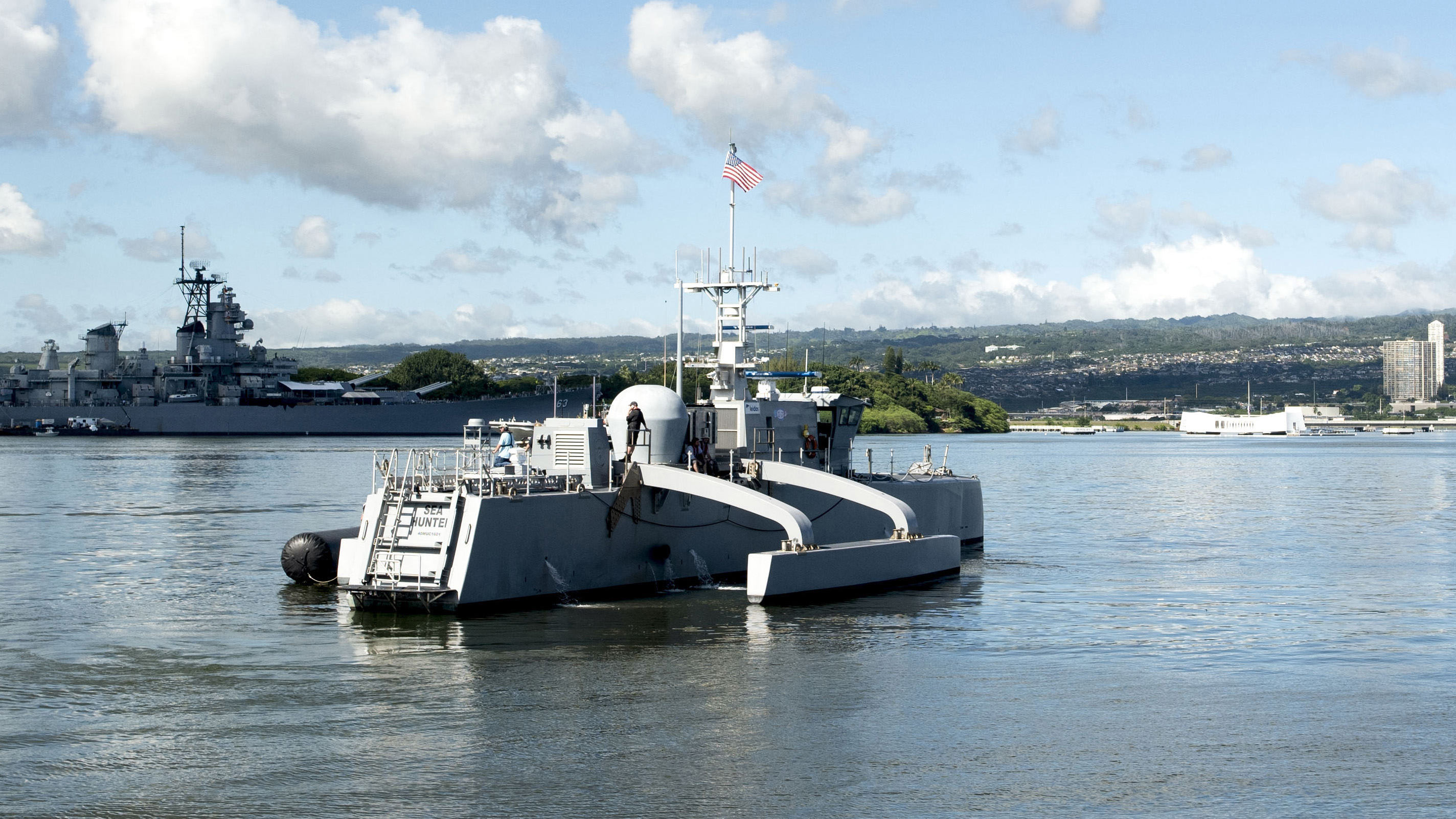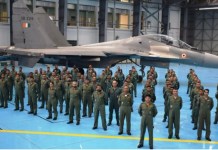The US Navy completed a three-day maritime exercise in the Arabian Gulf, integrating unmanned systems and artificial intelligence (AI) during a naval drill.
The naval drill was undertaken by the International Maritime Security Construct (IMSC), a consortium of countries formed in 2019 to maintain order and security in the Persian Gulf, Gulf of Oman, Gulf of Aden, and Southern Red Sea, particularly about the maritime security of global oil supply routes.
Currently, the ISMC comprises ten members, including the US, the UK, UAE, Saudi Arabia, Seychelles, Albania, Bahrain, Estonia, Lithuania, and Romania.
On January 9, the US Central Command (CENTCOM) issued a statement announcing the completion of the exercise Sentinel Shield, involving the US Navy guided-missile destroyer USS Delbert D. Black (DDG 119) and two Saildrone Explorer uncrewed surface vessels (USVs) from the US’ 5th Fleet.

“We planned this exercise to demonstrate how artificial intelligence and unmanned systems effectively increase CTF Sentinel’s maritime domain awareness to maintain maritime security in Middle Eastern waters,” said Royal Saudi Navy Captain and ISMC official Alamri Assem, who is CTF Sentinel’s director of plans.
During the exercise, unmanned and artificial intelligence systems operated together with the DDG 119 and CTF Sentinel’s command center ashore in Bahrain, according to the statement by ISMC, which said that these systems were able to help locate and identify objects in nearby waters and relay visual depictions to watchstanders.
“Saildrones transmitted information on contacts of interest, and our watch officers coordinated with the destroyer for further monitoring,” said the US Navy Capt. Brian Granger, CTF Sentinel’s deputy commander.
The Saildrone Explorer is a 23-foot-long, 16-foot-tall USV reliant on wind power for propulsion. The vessel houses a package of sensors powered by solar energy for gathering data from the sea autonomously to build a shared picture of the surrounding environment that can be analyzed and used for different applications.
It was launched in the Gulf of Aqaba in December 2021. The USV can stay for a lot of time at sea and is necessary for the region, with more than 8,000 coastlines extending from the Suez Canal through the Red Sea, the Strait of Hormuz, and the Persian Gulf.
The Saildrone Explorer made headlines last year in September after two of the USV-type were seized by the Iranian Navy in an alleged attempt to steal them. Soon after, the US Navy sent two destroyers, the USS Nitze and USS Delbert D Black, and two helicopters to secure their release.
The Iranian Navy Jamaran's frigate yesterday seized two Saildrone USVs (unmanned vessels) in the Red Sea yesterday for allegedly endangering safe navigation. The USVs were released after US forces were cautioned, per Iranian state TV. Footage about 20 seconds in. pic.twitter.com/Su4PqKewCJ
— Kian Sharifi (@KianSharifi) September 2, 2022
The Iranian Navy released the drones a day later, but the incident sensitized the US Navy to the vulnerability of unmanned vehicles.
US Navy’s Increasing Focus On Unmanned Systems
ISMC completed a similar exercise in August last year, involving a Royal Bahrain Naval Force ship RBNS Ahmed Al-Fateh (P20), US Coast Guard patrol boat USCGC Baranof (WPB 1318), and another Saildrone Explorer from US 5th Fleet.
That was the first time ISMC planners had specifically designed a Sentinel Shield exercise to incorporate unmanned systems. The US Navy’s participation in these exercises offers the service a chance to evaluate the efficiency of its unmanned systems.
Apart from the Saildrone Explorer, the US Navy is investing in various unmanned systems. For example, the service awarded a contract worth $358 million to Leidos last August to design and build a medium-sized unmanned undersea vehicle (UUV).
In addition to that, the US Navy announced in May last year that it is establishing a new division, called the Unmanned Surface Vessel Division (USVDIV), to oversee operations of all its medium and large unmanned vessels, including the Sea Hunter and its sister vessel, the Sea Hawk.
With a length of 132 feet and a full load displacement of 145 tons, Sea Hunter is the world’s largest unscrewed ship, designed as a trimaran, the name given to a multihull vessel comprising a main hull and two smaller outrigger hulls (or ‘floats’) attached to it with lateral beams.

It has a maximum speed of 27 knots and is designed to locate, track enemies and engage submarines, primarily using a high-frequency fixed sonar array. Reports suggest mine countermeasures could also be an option.
While the Sea Hawk (originally known as Sea Hunter II) is capable of general intelligence gathering, manned-unmanned teaming, and a weapons platform built off the existing Sea Hunter design, the Sea Hawk displaces 145 tons and reflects an evaluation of over 300 lessons learned from Sea Hunter.

USVDIV One is intended to experiment and advocate for unmanned surface vessels. The division will be vital to building the foundational knowledge required for sailors to operate and maintain the USV fleet and spearheading the processes necessary for USV operations and sustainment.
“To meet the challenges of the 21st Century, we must continue to innovate the surface force,” said Cmdr. Jeremiah Daley, the commander of the USDIV One. “USVDIV One will accelerate the delivery of credible and reliable unmanned systems in conjunction with increasingly capable manned platforms into the fleet.”
Case Against Unmanned Systems
However, there is some opposition within the US establishment to the investment in unmanned systems, notably after Iran seized the Saildrone Explorer in September 2022.
For example, shortly after the Iranian incident, US Representative Elaine Luria, a Navy veteran and vice chair of the House Armed Services Committee, said at a virtual conference that now is not the time for the Navy to invest heavily in USVs.
“We just saw an unmanned vessel become disabled the other day,” said Luria, a retired Navy commander.
Two things I have been saying for four years:
1) All ships we currently have are useful. PCs are scheduled to decommission.
2) This was bound to happen to an unmanned ship and next time we might not have a ship to respond.
The Navy wants to decommission 39 ships next year. https://t.co/Pie63uEEGY
— Elaine Luria (@RepElaineLuria) August 30, 2022
While Luria favors funding R&D to figure out how to apply unmanned technology at sea, she said that technology is not ready to handle “the maintenance challenges of operating at sea and transiting long distances.”
“I definitely think there is a place in the future to have some unmanned surface vessels that provide some capability,” Luria said. “But I think our fleet is manned and crewed, and it should and will stay that way for the foreseeable future.”
- Contact the author at tanmaykadam700@gmail.com
- Follow EurAsian Times on Google News




